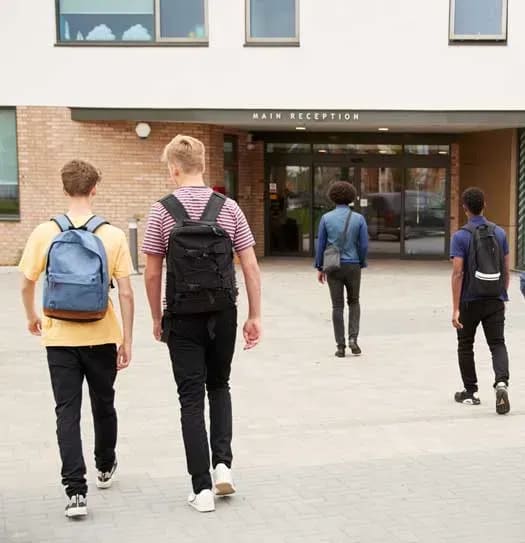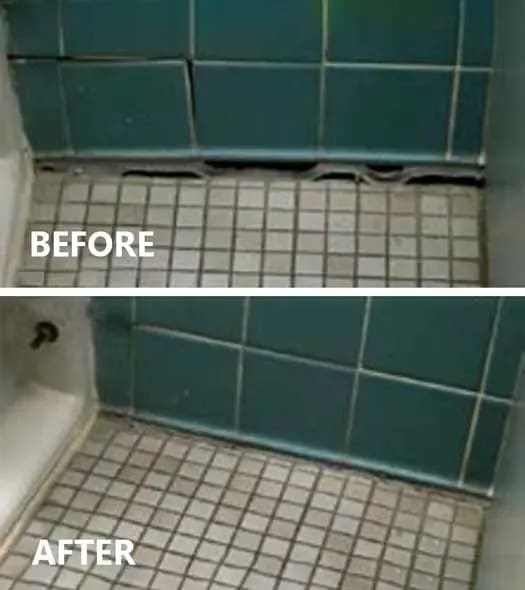Foundation Settlement Repair for Community College in Missouri
Problem
Located in Sedalia, Missouri, State Fair Community College (SFCC) is a public, nonprofit college that serves the educational needs of more than 5,000 students each year from 14 counties in west central Missouri. The William C. Hopkins Student Services Building located on campus started showing visible signs of foundation settlement. The building, which opened in 1987, is a vital part of the everyday operations of the college. Therefore, SFCC brought in Terracon Consultants, Inc. to assess the movements in the upper level floor of the Hopkins building and provide recommendations.
Analysis
Terracon used ground-penetrating radar (GPR) to perform an upper profile geophysical survey. Results showed multiple voids underneath grade-supported floor slabs that had already settled several inches. Voids and settlement issues impacted a total area of 3,660 ft2 along the north exterior wall of the building. Although the building structure was still technically safe for occupancy, the trend was apparent and repair options for the foundation settlement were requested by the college.
Terracon provided two options for SFCC. Option 1 involved the complete removal and replacement of grade-supported floor slabs. This would be very expensive and would involve major disruption of the building’s everyday functionality. Interior partition walls and under-slab HVAC and utilities would be involved, and all functions in at leas t the north half of the building would have to be relocated. At some points, the work would likely require the entire building to be vacated. Worst of all, only a loose estimate of total project time could be provided as there were so many variables. Option 2 involved restoration of the floor slab support by injecting expandable polyurethane resin to raise the slab, fill the voids, and stabilize the soil beneath the building.
Solution
Option 2 was the only feasible choice for SFCC. In their final report, Terracon stated that URETEK had provided services on a similar Terracon project in the past (a health care facility), and that URETEK’s product and process had delivered the results required in that case. SFCC chose URETEK to fill the subsurface voids beneath the Hopkins building, raise the settled foundation, and stabilize the base and sub-base soils below with URETEK Deep Injection® (UDI).
Result
URETEK technicians arrived on the scene, began work, and finished the job in just two days with minimal disruption for the building’s occupants. During the repairs, normal building activities continued, and there was no disruption to HVAC or utility services. UDI quickly and effectively filled the identified voids below the building and raised the settled slab back to a level condition.
URETEK Deep Injection® (UDI)
Widely referenced throughout our industry, UDI involves the injection of structural polymer into base and subgrade soils to increase the load bearing capacity. This is achieved by injecting the polymer through small holes drilled directly through the pavement structure to depths determined by site-specific analysis. Our URETEK 486 Star® material flows easily into voids and weak zones within the soil mass below. Through a controlled chemical reaction, the expanding polymer compacts surrounding soils and applies a controlled pressure on targeted areas of the affected pavement above. If needed, a multi-injection design plan is utilized to gently return the pavement to its original grade. The composite material quickly cures into a strong, dimensionally stable, and water-resistant geo-material, providing years of reliable service.
URETEK 486 Star®
URETEK 486 Star® polymer is a two-component, high-density, expanding thermoset polyurethane system. It was developed to be the ideal solution for under-sealing, void filling, lifting of settled pavement, stabilization and stiffening of weak soils, and for encapsulating and sealing buried infrastructure. URETEK 486 Star® is environmentally inert, non-toxic, and resists underground water erosion or weakening due to its industry-leading hydrophobic properties.


